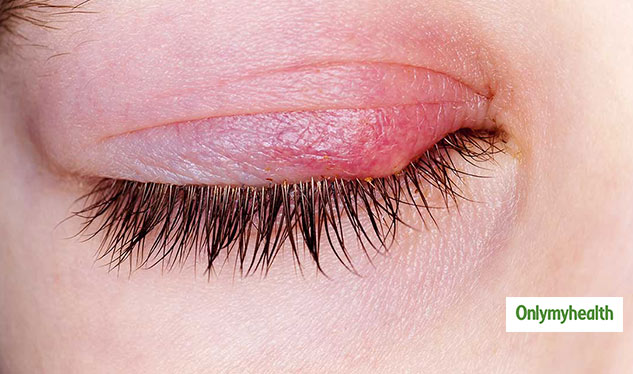
Contrasting Therapy With Cold and Warm CompressesĪlternating hot and cold treatment is called contrasting therapy. Otherwise, there will be more swelling, more pain, and delayed healing. Heat can also improve the muscle tightness, stiffness, and spasms that cause pain.īecause heat increases circulation to the area, it should not be used to treat a new injury. Heat dilates the blood vessels, allowing more blood flow to clear the inflammation mediators away from the area, improving pain. If the injury is subacute (>48 hours old) or chronic (>6 weeks), then heat is the better option for pain control. Keeping in mind how muscle pain occurs, it becomes clear why cold treatment would be recommended immediately following an injury. (5) This activates the pain receptors (proprioceptors) near the muscle’s blood vessels, thus causing the pain sensation. The pain that follows a strenuous activity is triggered by the release of inflammation mediators from the damaged muscle. There are specific scenarios in which cold treatment (cryotherapy) is preferred over hot treatments and vice versa for relieving muscle pain.
#Benefits of warm eye compress how to#
Continue treatment cycles until the symptoms improve.ĪLSO READ: Ice Therapy: When and How to Use It Correctly Warm and Cold Compresses for Muscle Pain.Reapply the cold treatment when the pain returns.Apply the cold treatment only until the area is numb.Keep the ice moving if applying to bare skin.Start cold therapy as soon as possible after an injury or in the 48 hours following the injury for the best results.When applying cold therapy, remember these rules: The cold pack may be left in place until the area is numb and then removed.
#Benefits of warm eye compress skin#
If a deep cooling effect is desired, cover the skin with a towel, and then cover the pack to contain the cold. Thus, cold therapy produces a short-term anesthetic effect, which makes you feel less pain. This limits blood supply and nerve activity in a localized manner, rendering the area temporarily numb. (Don’t fall asleep on a heating pad!) Cold CompressĬryotherapy or cold treatment involves exposing the injured site to cold temperatures, which shrink the underlying blood vessels. The main precaution is related to prolonged use of heat and the risk of burning. Most literature advises a level of heat that is “tolerable” and applying heat therapy until relief is achieved. There is no standard temperature or duration for heat therapy.

These methods allow the heat to penetrate the tissue deeper. Other methods in applying heat therapy are immersion into warm water, electrical heating pad, and heated body wraps.

Cover them with a towel to contain the heat more effectively. Tip: Do not place gel hot packs directly onto the skin. For its convenience, though, gel hot packs are still a good option. Gel hot packs are convenient and can be activated when needed, but the temperature does not get very hot and does not last long.


 0 kommentar(er)
0 kommentar(er)
